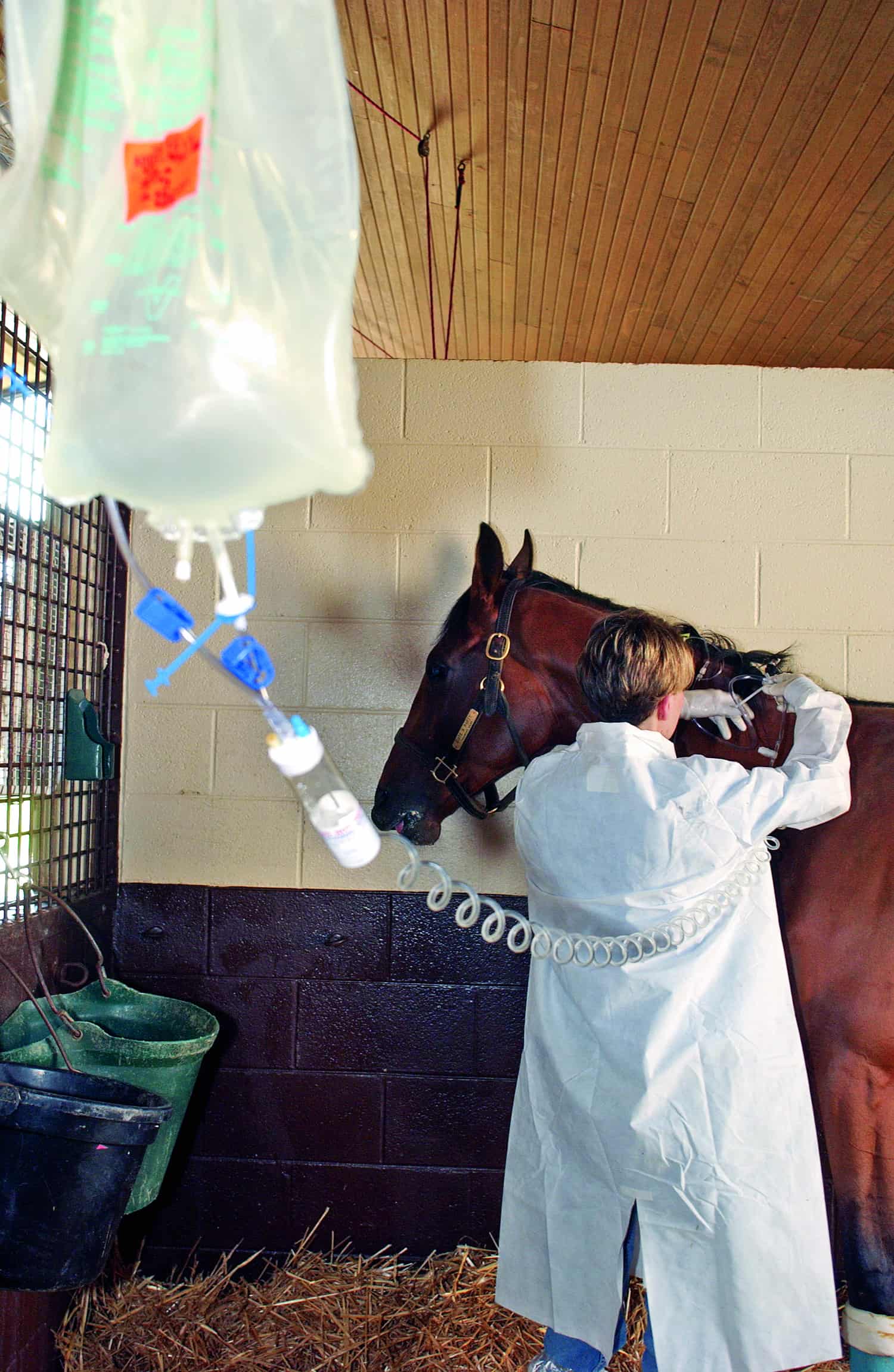Understanding Equine Insurance Policies
- Topics: Article, Farm and Barn, Horse Care, Horse Industry News, Insurance

Frequently asked questions about the types and stipulations of equine insurance
What would you do if your riding horse colicked, seriously injured himself, or, worse, had to be euthanized? You’d not only be devastated emotionally but also saddled with a stack of veterinary bills. Talk about adding insult to injury.
This is where equine insurance policies come in to help cover these costs. But when choosing a plan for your horse, where do you start?
Types of insurance available to horse owners include mortality (similar to a life insurance policy), major medical, loss of use, and liability (to protect you legally if your horse hurts someone). Some liability policies also protect you from a lawsuit if someone gets hurt on your property
Create a free account with TheHorse.com to view this content.
TheHorse.com is home to thousands of free articles about horse health care. In order to access some of our exclusive free content, you must be signed into TheHorse.com.
Start your free account today!
Already have an account?
and continue reading.
Written by:
Heather Smith Thomas
Related Articles
Stay on top of the most recent Horse Health news with












